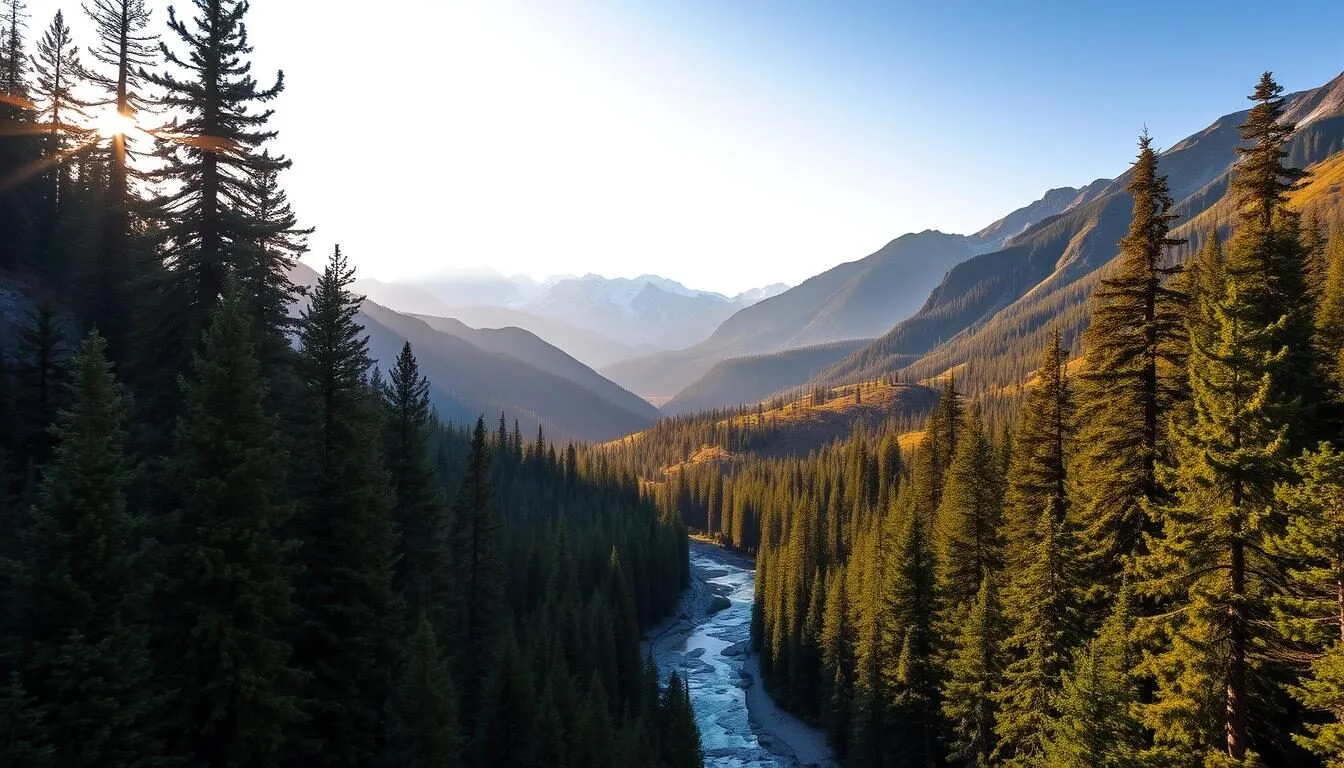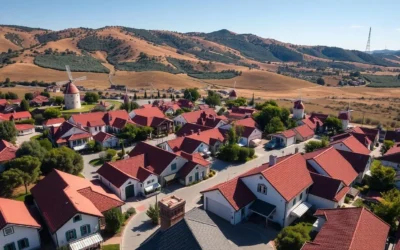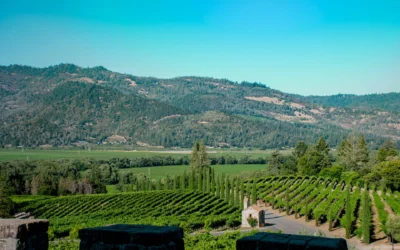Nestled in the northern part of California, the Yolla Bolly-Middle Eel Wilderness is a vast, untouched paradise spanning over 151,626 acres. This federally protected area is home to 24 named mountains, with the highest peak, South Yolla Bolly, reaching an elevation of 8,084 feet.
As you explore this remote wilderness, you’ll be immersed in a diverse landscape of rugged mountains, dense forests, and the headwaters of the Middle Fork Eel River. With its unique combination of natural features, this area offers a wide range of recreational opportunities, from challenging hiking trails to exciting wildlife viewing experiences.
Whether you’re an outdoor enthusiast or just looking to escape into nature, the Yolla Bolly-Middle Eel Wilderness is a must-visit destination that promises an unforgettable adventure.
Discovering Yolla Bolly-Middle Eel Wilderness
Discover the unspoiled charm of Yolla Bolly-Middle Eel Wilderness, a haven for nature lovers and adventurers alike. This vast wilderness area is nestled within three California counties: Mendocino, Trinity, and Tehama.
Location and Overview
The Yolla Bolly-Middle Eel Wilderness is situated to the northwest of the Sacramento Valley, within Mendocino National Forest, Shasta-Trinity National Forest, and Six Rivers National Forest. The management of this wilderness is a collaborative effort between these three national forests and the Bureau of Land Management. Spanning across approximately 151,626 acres of land, it offers a diverse range of landscapes and ecosystems.
- Mendocino, Trinity, and Tehama Counties are home to this vast wilderness area.
- Three national forests and the Bureau of Land Management work together to manage the Yolla Bolly-Middle Eel Wilderness.
The Meaning Behind the Name
The name “Yolla Bolly-Middle Eel” has its roots in the Wintun Indian language, where “Yo-la” means “snow covered” and “Bo-li” means “high peak.” The Middle Eel River, which originates within this wilderness, contributes significantly to its name and ecological importance.
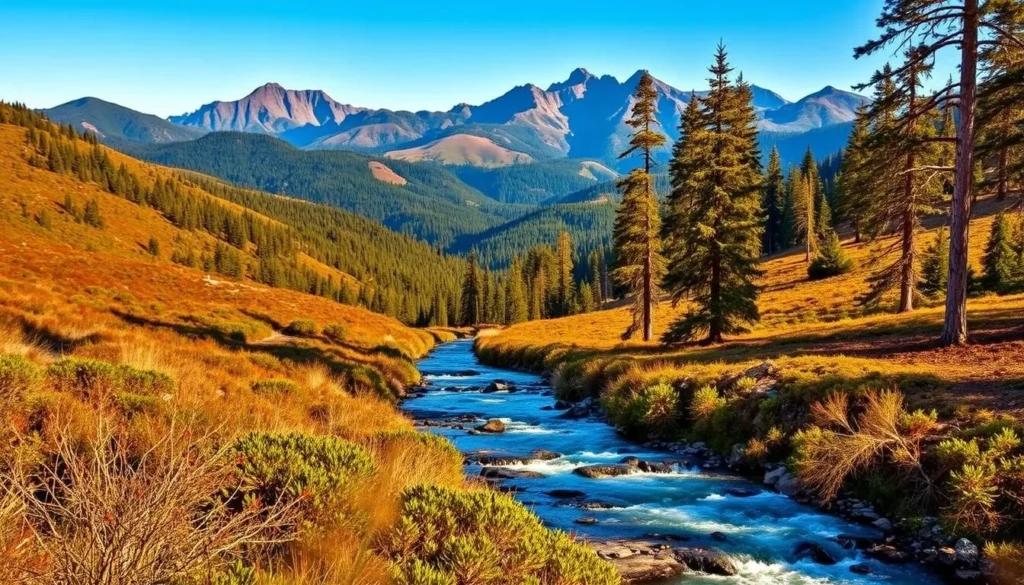
- The name reflects the area’s geographical features, including snow-covered high peaks.
- The Middle Eel River’s headwaters are a crucial part of the wilderness’s ecosystem.
The Natural Beauty of Yolla Bolly-Middle Eel Wilderness
The natural beauty of Yolla Bolly-Middle Eel Wilderness is awe-inspiring, with its rugged mountains, serene rivers, and diverse wildlife. As you explore this pristine area, you’ll discover the unique features that make it a standout destination.
Stunning Mountain Landscapes
The wilderness boasts dramatic elevation changes, from the lowest point at Cottonwood Creek (2,600 feet) to the highest point, Mount Linn, at 8,092 feet. Several peaks rise above 7,000 feet, offering breathtaking panoramic views of Mount Lassen, Mount Shasta, the Trinity Alps, and sometimes even the Pacific Ocean.
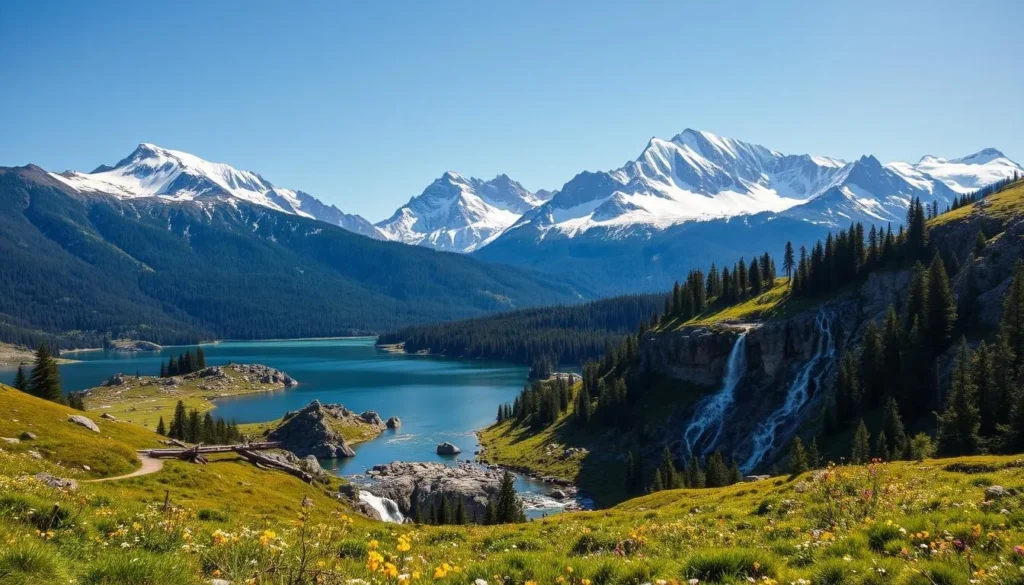
The Middle Fork Eel River Headwaters
The headwaters of the Middle Fork Eel River, one of California’s most pristine waterways, originate within this wilderness. The river’s source is surrounded by stunning mountain landscapes, creating a perfect blend of natural beauty and ecological diversity.
| Feature | Description | Elevation |
|---|---|---|
| Mount Linn | Highest point in the wilderness | 8,092 feet |
| Cottonwood Creek | Lowest point in the wilderness | 2,600 feet |
| Middle Fork Eel River | Pristine waterway originating within the wilderness | N/A |
The wilderness’s geological history began forming 150 million years ago from ocean bottom sediments that were pushed upward by tectonic forces. Erosive forces have since carved the distinctive landforms that make this area so visually striking and ecologically diverse.
Best Hiking Trails in Yolla Bolly-Middle Eel Wilderness
The wilderness area is a hiker’s paradise, with trails that cater to different skill levels and preferences. Whether you’re a seasoned hiker or just starting out, Yolla Bolly-Middle Eel Wilderness has something to offer.
Ides Cove Loop National Recreation Trail
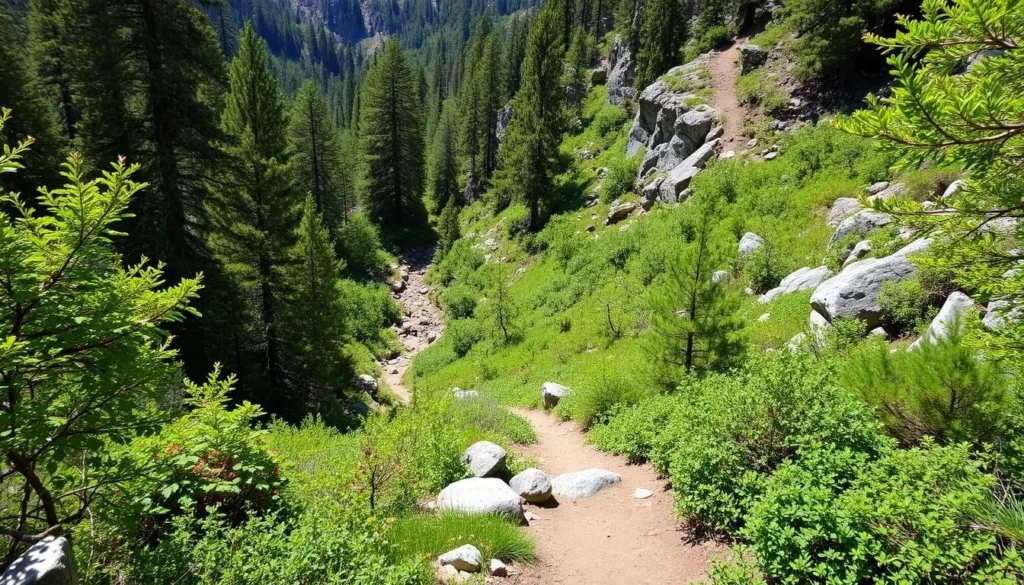
The Ides Cove Loop National Recreation Trail is a 10.5-mile loop that takes you around the base of Harvey Peak and South Yolla Bolly. It’s one of the most popular trails in the area, offering diverse terrain and spectacular views.
North Yolla Bolly Trail
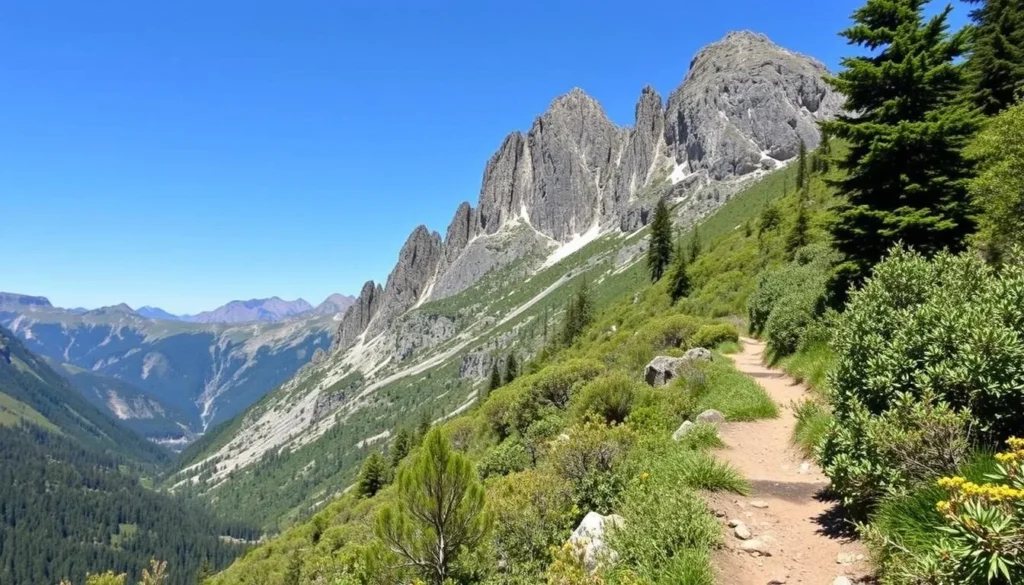
The North Yolla Bolly Trail is a shorter 3.2-mile route that skirts the base of North Yolla Bolly, providing fantastic mountain views. It connects with the Cold Fork Ridge Trail, allowing for further exploration into the wilderness’ old-growth forests.
Wildlife Viewing Opportunities
As you explore the Yolla Bolly-Middle Eel Wilderness, you’ll have the opportunity to encounter a wide variety of wildlife in their natural habitats. The area is renowned for its rich biodiversity, making it a paradise for nature enthusiasts and wildlife photographers.
Common Animal Species to Spot
The wilderness is home to numerous large mammals, including Columbia black tail deer, black bears, mountain lions, and bobcats. Other animals such as wild turkeys, gray squirrels, and various small species like chipmunks and raccoons are also abundant.
Bird Watching in the Wilderness
The Yolla Bolly-Middle Eel Wilderness is a haven for bird watchers, with eagles, hawks, and turkey vultures making their summer homes in the area. The Northern Spotted Owl, an endangered species, can also be spotted here during the summer months.
| Animal Species | Commonly Seen | Best Viewing Times |
|---|---|---|
| Columbia Black Tail Deer | Yes | Dawn and Dusk |
| Black Bears | Yes | Early Morning |
| Northern Spotted Owl | No | Summer Nights |
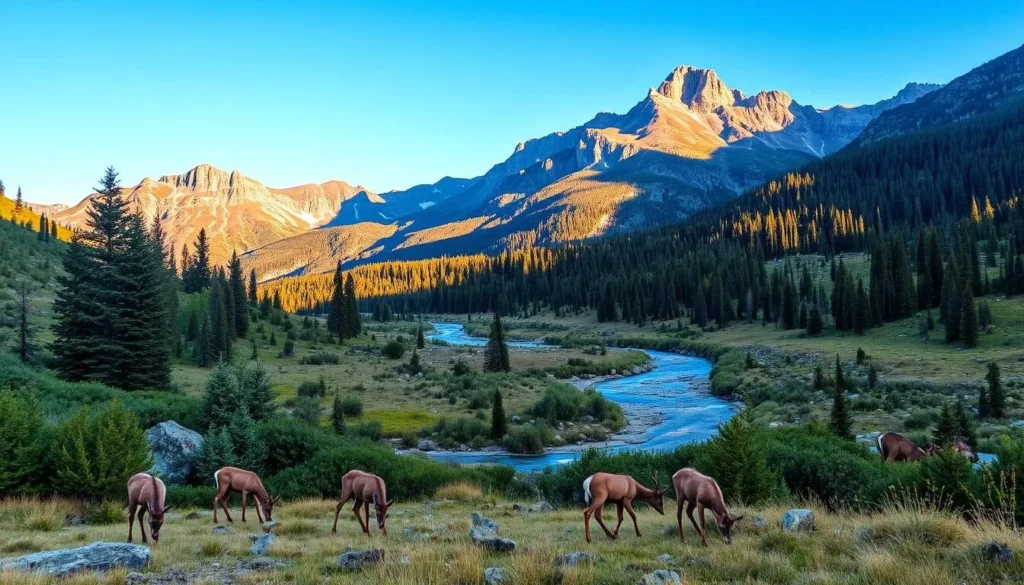
To maximize your wildlife viewing experience, it’s essential to be aware of the best times and locations for spotting animals. Dawn and dusk are typically the best times, as many animals are most active during these periods.
Exploring the Diverse Ecosystems
Exploring Yolla Bolly-Middle Eel Wilderness reveals a complex tapestry of ecosystems that are both beautiful and biodiverse. The area’s diverse landforms and climate conditions have given rise to a variety of habitats that support a wide range of plant and animal life.
Coniferous Forests and Tree Species
The wilderness is dominated by extensive coniferous forests, featuring impressive stands of red fir, white fir, Douglas fir, and various pine species, including ponderosa pine and sugar pine. Other tree species such as incense cedar and less common species like juniper and foxtail pine add to the forest diversity.
Meadows and Grasslands
In contrast to the dense forests, the wilderness also includes meadows and grasslands, locally known as “glades,” which provide important habitats for diverse plant and animal species. These open areas are punctuated by oak woodlands and brush lands, further enriching the ecosystem.
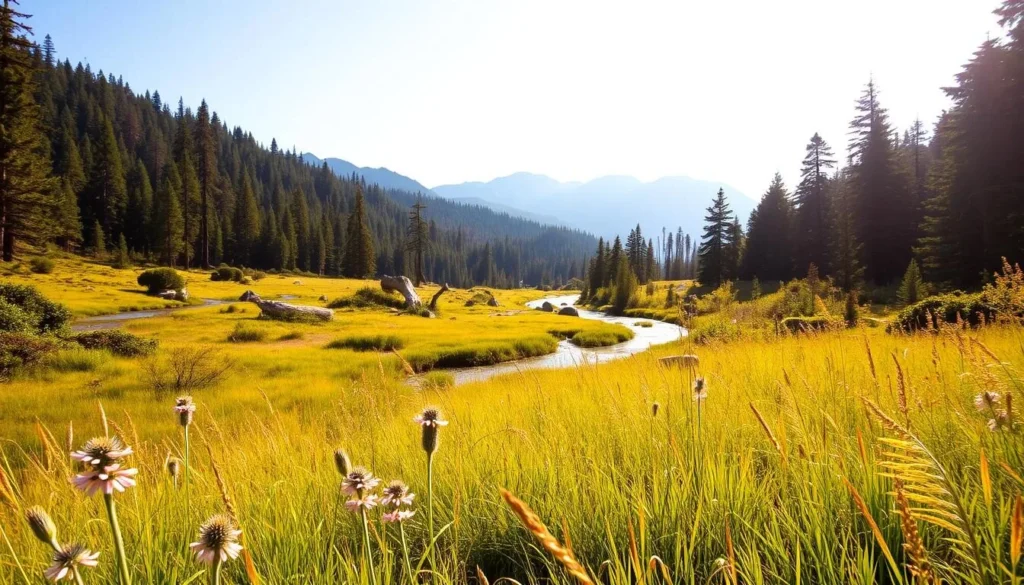
| Ecosystem Type | Key Features | Notable Species |
|---|---|---|
| Coniferous Forests | Extensive stands of conifers | Red fir, white fir, Douglas fir, pine species |
| Meadows and Grasslands | Open areas with grass and wildflowers | Varied plant species, oak woodlands |
Photography Hotspots in Yolla Bolly-Middle Eel Wilderness
Experience the natural beauty of Yolla Bolly-Middle Eel Wilderness through the lens of your camera, with vistas that will leave you awestruck. The area is renowned for its stunning landscapes and diverse photography opportunities.
Mountain Vistas and Panoramic Views
The wilderness boasts several peaks above 7,000 feet, offering fine views of Mount Lassen, Mount Shasta, and the Trinity Alps. Capture the majesty of these mountain vistas during the golden hour for breathtaking effects.
Capturing Seasonal Changes
The changing seasons transform the wilderness, from spring wildflowers to summer greenery, fall colors, and winter snow-covered peaks. Timing is everything; make the most of your visit by capturing these changes at the right time.
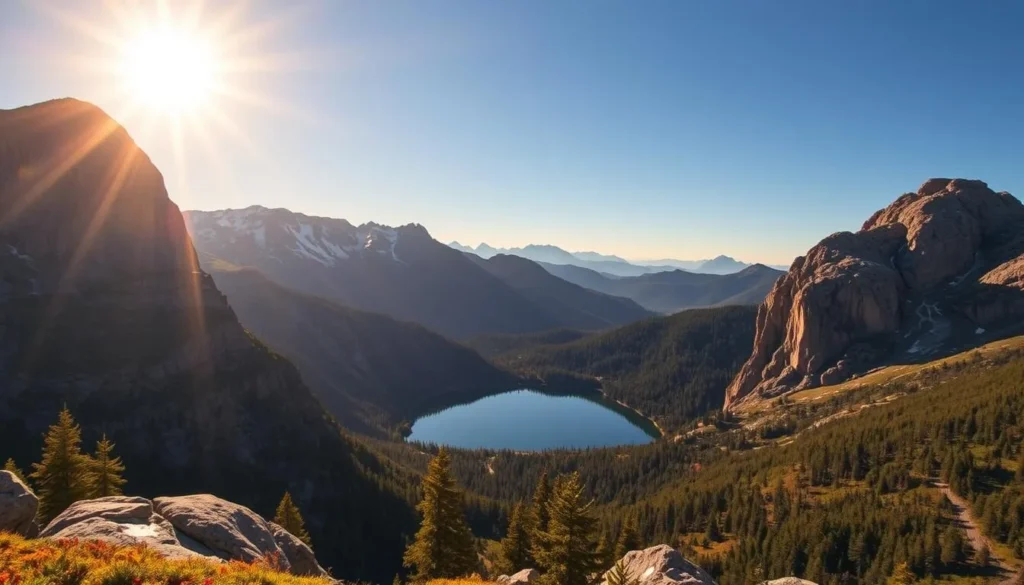
- Discover photogenic locations for capturing stunning mountain vistas.
- Learn about the best times for photography, including golden hour.
- Explore seasonal changes and how they impact your photography.
Camping and Backpacking Adventures
For those seeking solitude and adventure, the Yolla Bolly-Middle Eel Wilderness is a haven. You can immerse yourself in the great outdoors by camping and backpacking through its vast, untouched landscapes.
Primitive Camping Areas
Discover the primitive camping opportunities throughout the Yolla Bolly-Middle Eel Wilderness, where you can experience true solitude away from developed facilities. These areas allow you to connect with nature in its purest form.
Essential Gear for Overnight Stays
When preparing for overnight stays in this remote wilderness area, it’s crucial to pack essential gear, including proper food storage to prevent wildlife encounters. Make sure to plan your trip according to the time of year and be prepared for the challenging access roads that lead to the wilderness boundaries.
Seasonal Activities in Yolla Bolly-Middle Eel Wilderness
As the seasons change, Yolla Bolly-Middle Eel Wilderness transforms into a diverse playground for outdoor enthusiasts. With its varied climate and geography, the wilderness offers a unique experience with each changing season.
Summer Recreation Options
During the summer, the Yolla Bolly-Middle Eel Wilderness is a haven for hikers, with trails like the Ides Cove Loop National Recreation Trail being particularly popular. You can also enjoy fishing, photography, and stargazing in the clear summer skies.
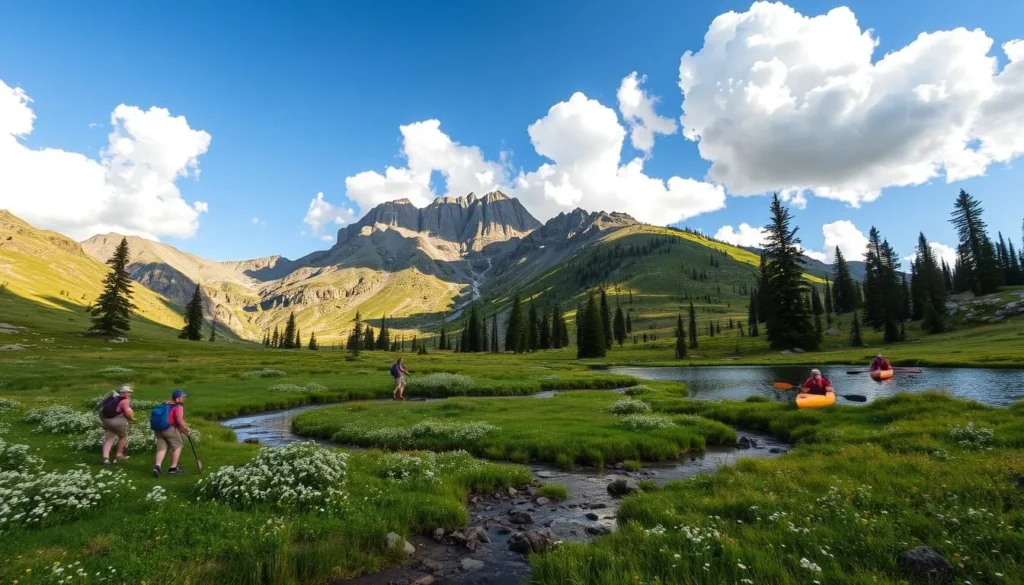
Fall and Spring Experiences
In the fall, the changing colors transform the landscape, making it a picturesque destination. Spring brings new life with melting snow creating flowing streams and wildflowers beginning to bloom. While some routes may be impassable during winter and early spring due to snow or mud, the right time to visit can offer rewarding experiences in the Eel Wilderness.
Understanding the seasonal road access is crucial, as some routes may be closed during certain times of the year. However, with proper planning, you can have a memorable adventure in the Bolly-Middle Eel Wilderness.
Geological Wonders to Explore
As you venture into the Yolla Bolly-Middle Eel Wilderness, you’ll uncover a fascinating geological history that spans millions of years.
The area’s complex geological past is a result of tectonic forces that transformed ocean sediments into schists and pushed the land high above sea level.
Ancient Rock Formations
The wilderness features ancient rock formations, a testament to its rich geological history. Schists formed from ocean sediments are a prominent feature, showcasing the area’s transformation over 150 million years.
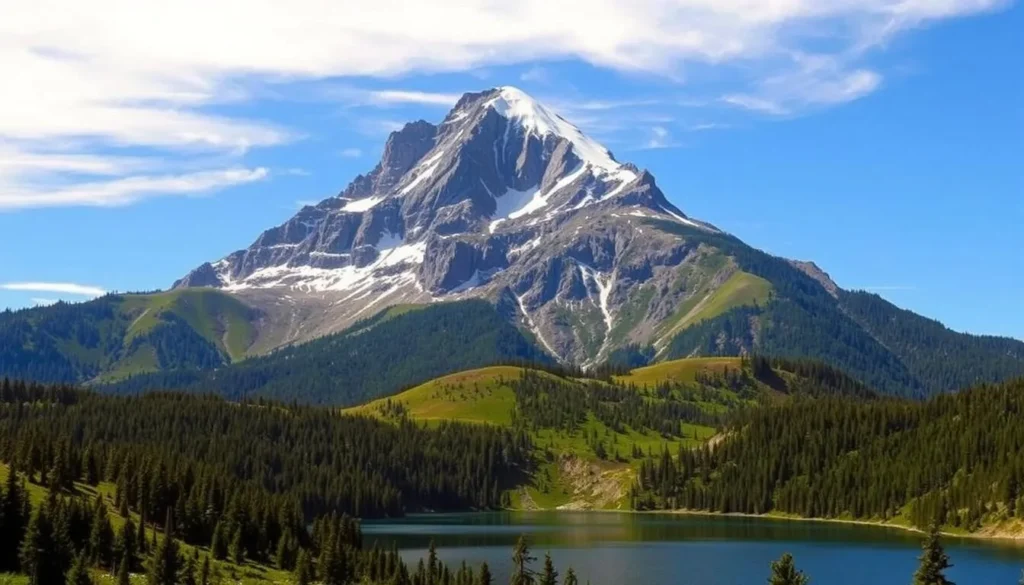
Evidence of Glacial Activity
Evidence of past glaciations can be seen on both North and South Yolla Bolly Mountains. You can identify the telltale signs of glacial activity that shaped these mountains during ice ages, a significant part of the region’s geological story.
How to Access Yolla Bolly-Middle Eel Wilderness
Reaching Yolla Bolly-Middle Eel Wilderness involves traveling through some of California’s most scenic landscapes. The wilderness is accessible by road from multiple directions, making it a versatile destination for adventurers.
Eastern Access Points
From the Sacramento Valley, you can access the wilderness by turning west at Willows, Corning, or Red Bluff. The distances to the wilderness trailheads from the east side vary between 50 to 90 miles from Interstate 5, requiring a drive on rough dirt roads.
Western Access Routes
From the west, you can travel via Highways 101 and 162 through Longvale and Covelo to reach the Indian Dick area, a total distance of about 75 miles from Highway 101, taking around three hours. Alternatively, access is possible via Ruth and the Jones Ridge Road through Six Rivers National Forest.
Where to Stay Near Yolla Bolly-Middle Eel Wilderness
The cities surrounding Yolla Bolly-Middle Eel Wilderness offer a range of accommodation options to suit your needs.
Redding, California
Redding is a city of over 90,000 people at the northern edge of the Sacramento Valley, serving as a gateway to Northern California. With its air, road, and train connections, it’s an ideal base.
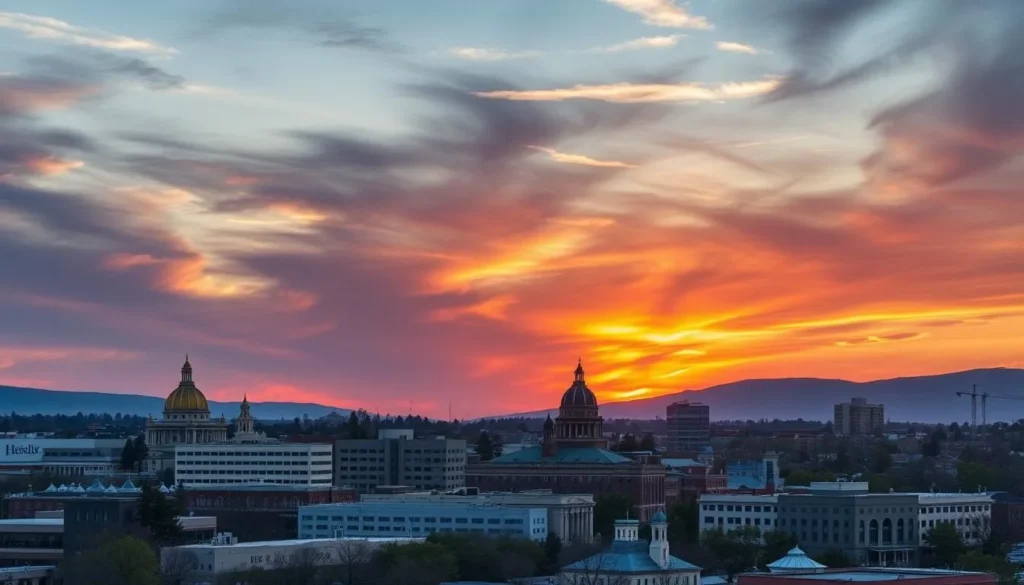
Eureka, California
Eureka, located in the Redwood Empire region, is a charming coastal city with over 27,000 residents. It’s the largest city between Portland and San Francisco, offering a unique blend of culture and commerce.
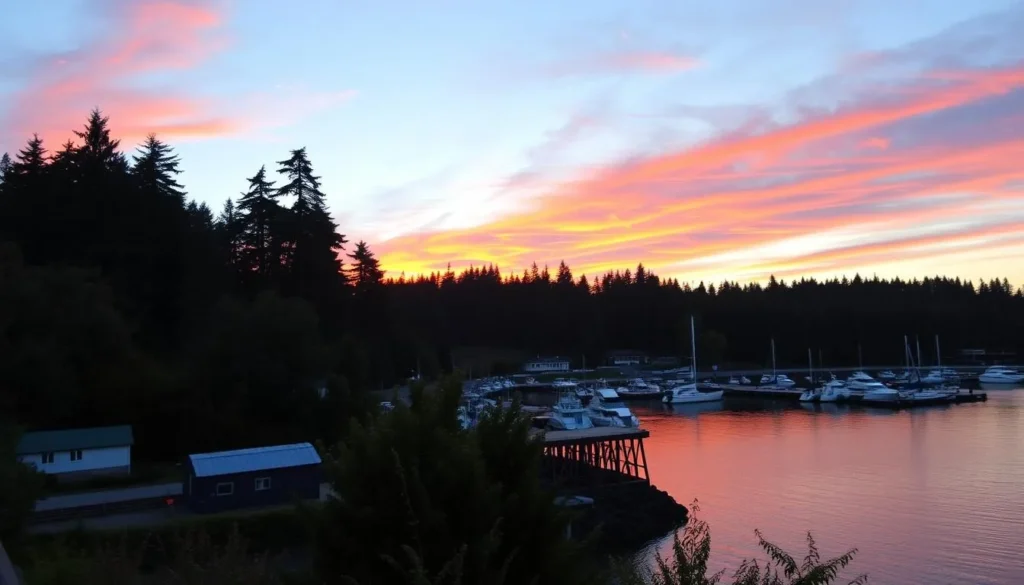
Sacramento, California
Sacramento, the capital city of California, is a significant urban center with over 513,000 people. Although it’s farther from the wilderness, its excellent transportation links make it a convenient base, with connections to San Francisco and beyond.

Best Time to Visit Yolla Bolly-Middle Eel Wilderness
Timing is everything when it comes to exploring the Yolla Bolly-Middle Eel Wilderness. Understanding the seasonal variations can significantly enhance your experience.
Weather Considerations
The summer months (June through September) offer the most reliable weather, making it the peak season for visiting Yolla Bolly-Middle Eel Wilderness. During this time, all areas are typically accessible.
Road Conditions and Accessibility
Visitors must expect to travel over rough and dusty dirt roads, which can be challenging, especially around blind corners. Keeping to the right side of the road is crucial for safety.
| Season | Weather | Road Conditions |
|---|---|---|
| Summer | Reliable, warm | Generally accessible |
| Winter | Cold, snowy | Difficult or impossible |
| Shoulder Seasons | Mild | Varying conditions |
Conclusion: Embracing the Wilderness Experience
As one of California’s most pristine and less-visited wilderness areas, Yolla Bolly-Middle Eel Wilderness provides a unique escape from civilization. You can hike the Ides Cove Loop National Recreation Trail, spot diverse wildlife, or simply immerse yourself in the natural beauty of the area. With its rich history, dating back to its protection as a primitive area in 1931 and later gaining wilderness designation through the Wilderness Act of 1964, this wilderness is a treasure worth preserving.
As you explore this vast and untouched land, remember that your visit plays a crucial role in responsible stewardship. By appreciating and protecting Yolla Bolly-Middle Eel Wilderness, you contribute to its preservation for future generations.
